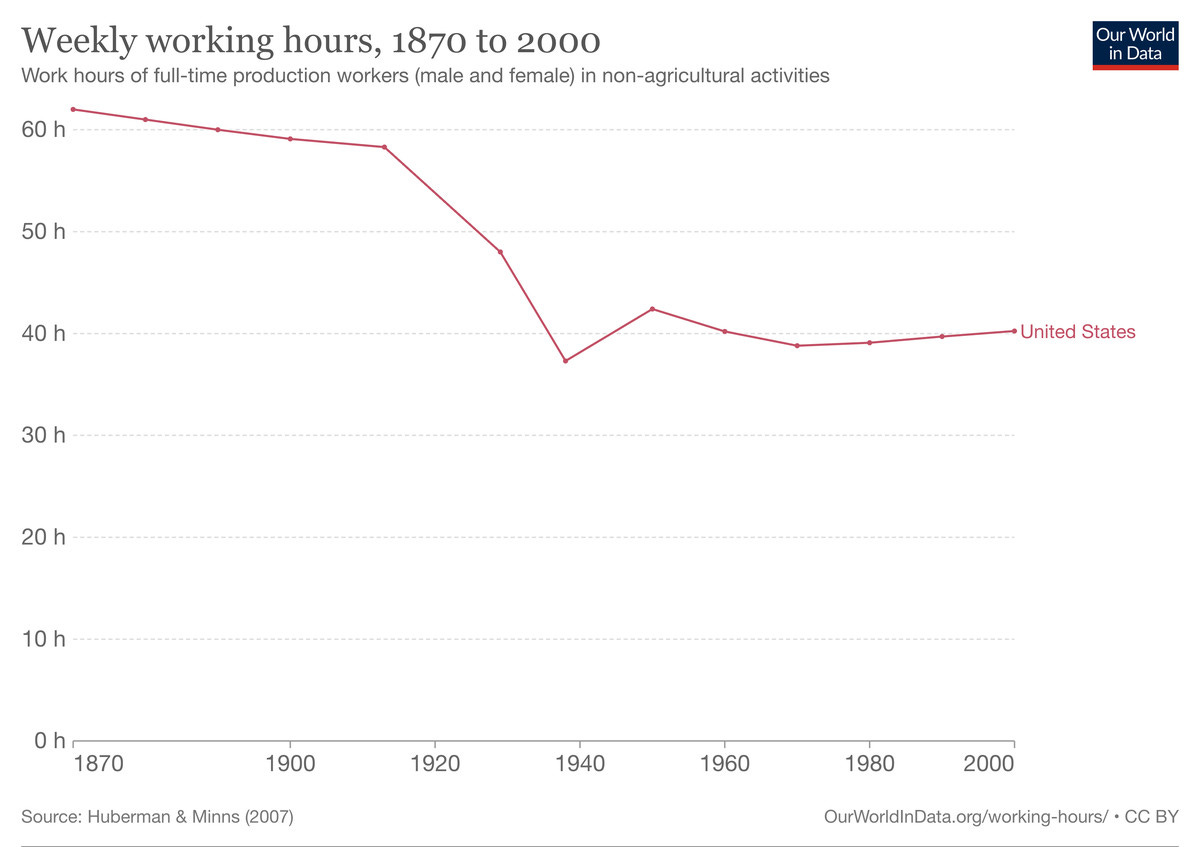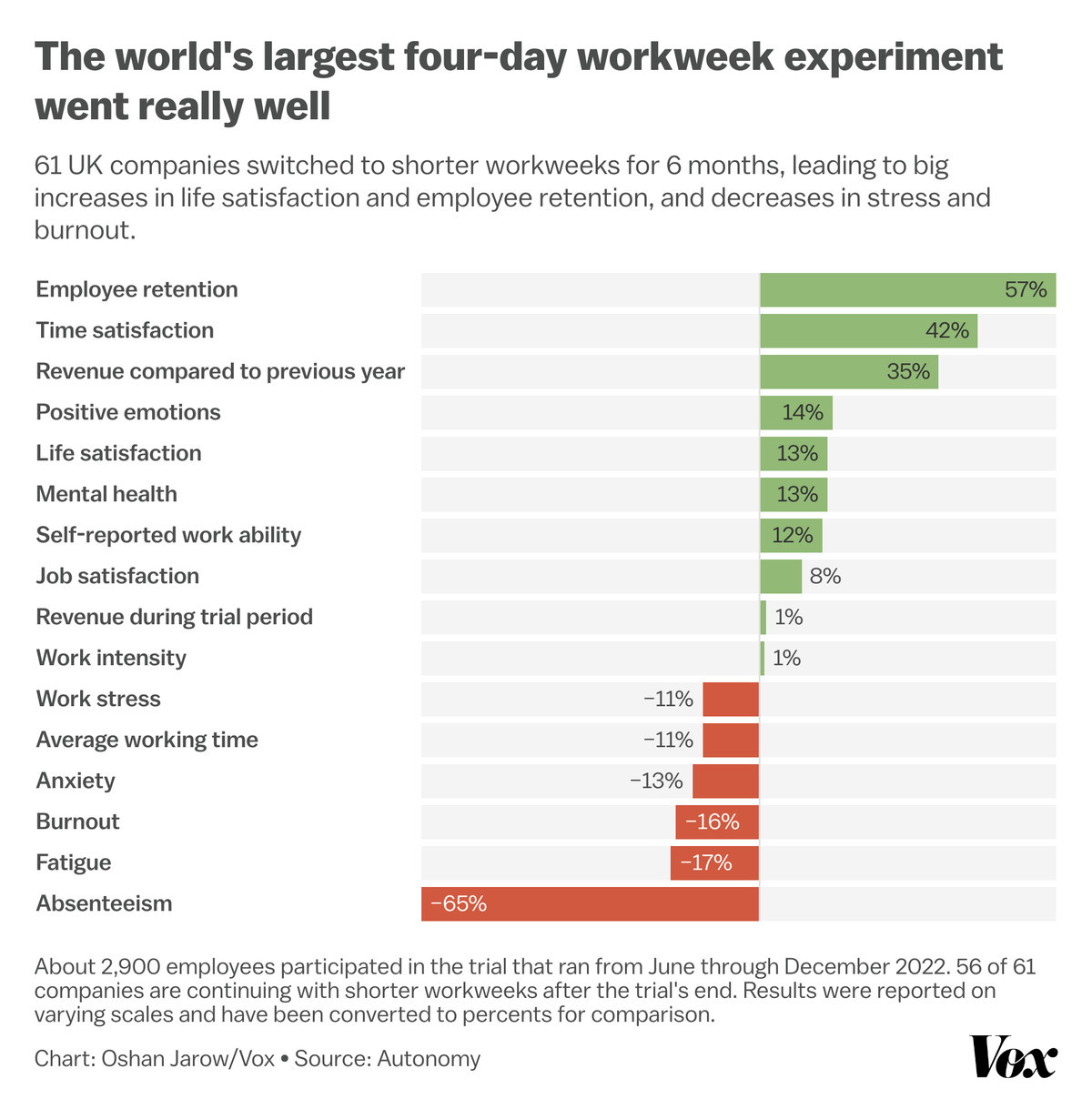A Futurist Gift List and Deeptech Review #12
Gifts for Futurists | Signals from the frontier | Deeptech reads | Deeptech deals
Gifts for Futurists
Just in time for black Friday and the gift giving season, Time magazine has put together a list of its best inventions of 2023. There is some really cool stuff on the list and I struggled to choose any highlights so would instead encourage you to check out the list yourself.
It is too early to say which of 2023’s inventions will turn out be the most consequential but clearly GPT4 has gained the most media attention over the past year. However, I have been most excited about The Apple Vision Pro and augmented reality applications like Sightful Spacetop that hint at an increasingly hybrid future where we can move between digital and real environments. I am not the only one getting excited as MIT are projecting an extended reality market of more than $110Bn by 2028.

Interestingly, a recent Quanta podcast episode explores what this hybrid world may mean for our sense of reality.
Experimental evidence suggests the brain uses an internal “filter” to work out what is real and imagined. When we imagine something the signal is not strong enough to overcome the filter, but when we see a real object the sensory input is strong enough that the brain recognises it as real. What is intriguing is that this experiment was first run in 1910 and historical data shows that our perception of reality may have changed over time. The author speculates that the increasing use of digital media has increased the strength of the brain’s “reality filter”. So it may be that as we enter a world of increasing realistic simulations it subtly alters our perception of what is real.
Another trend is the increasing integration of AI into everything. One example is the Humane AI Pin. It is definitely an interesting and powerful device. I can really see the advantages of having a hands free AI device with you and easily available. There is also something to be said about providing the utility of a mobile phone without the distraction (and addiction) of a colourful HD screen.
However, having what essentially amounts to a pager on steroids is not necessarily progress. The introductory video also leaves much to be desired and there are other form factors (for example, ear buds) that leave me skeptical that this will become the next big thing in consumer electronics. Whatever the case, it certainly seems like we are heading into a world of increased AI ubiquity.
On a more personal note, after much lobbying from my children we have decided to get a dog. After a lot of research we finally opted for a Border Terrier, a breed that is intelligent, loyal and fearless but also cheeky.
When they are not running around a Border Terrier belongs curled up in front of an open fire. But an open fire within the home is neither environmentally friendly or great for indoor pollution. However, the Graphene Square Radiator with holographic flames claims to be 30% more efficient than traditional electric heaters. I think it could be a fireplace to make a futurist proud and will be going on my (and I am sure my new dog’s) wish list!

🔭Signals From The Frontier
Deep tech signals that indicate the future may be different from today:
Scientists at Duke University have developed a brain implant that can translate brain signals into what someone is going to say. To achieve this feat the the team managed to fit 256 sensors into a postage stamp sized piece of flexible, medical grade plastic. This is about four times the density of current speech prosthetics and immediately brings to mind the potential for a Moore’s law of brain implants. This work could bring speech back to people with neurological diseases and eventually make human-computer interfaces much faster and intuitive. However, it also brings the potential for thought-crime to become reality.
Globally over 25% of people suffer from some visual impairment (and that number is increasing) whilst nearly 4% suffer from serious to moderate issues. The good news is that improvement in computer vision and medical technology are providing novel treatment opportunities. One obvious approach is to provide people with access to their own computer vision systems to help them recognise objects. But there are more radical approaches, and whilst the operation did not return sight to the patient, the world’s first eye transplant will provide lots of very useful information to make this a real possibility soon.
Despite these great news stories, I use the example of Second Sight’s Argus retinal prosthesis, as a cautionary tale with my students when talking about the dangers of tech obsolescence.
As a naval architect I’ve been a fan of Ocean Thermal Energy Conversion (OTEC) since I first heard of the idea. The vastness of the oceans and the specific heat capacity of water means there is a vast reservoir of heat energy that can be tapped. Global OTEC is a UK based startup looking to exploit the idea to provide islands with cheap renewable energy. However, the low temperature difference means the quality of the energy is low and requires expensive pipes and pumps to extract. As such I can’t imagine this will ever be more than a niche energy source but I hope Global OTEC prove me wrong!

The Microgravity Research Team at West Virginia University are investigating how 3D printing and material recycling works in microgravity. The cost and time required to ship critical components from Earth to space means that space based manufacturing will be essential to support long-term missions. Earth based approaches need to be modified because gravity influences the way materials are extruded out of 3D printing nozzles.
Meanwhile, NASA has released footage from the RAMFIRE project testing of 3d printed rocket nozzles:
Last week I had a fascinating discussion with someone innovating in the material handling space. In order to compete in the fast-moving world of e-commerce companies are beginning to ship goods before customers have actually placed an order. If done effectively, it allows firms to reduce the volatility in order volume but also gives the potential to capture 100% of a customers wallet. The result is that the return on investment on these technologies can be massive.
One company that may benefit from this is Mnemonic AI who have recently announced the launch of their “digital twin of the customer”. The digital twin provides a real-time digital profile that represents the behaviour, preferences, and needs of each customer allowing for fine grained targeted actions to be taken.
MIT researchers have developed a programmable actuating fibre that responds to changes in temperature. The fabric, known as FibeRobo, is compatible with existing textile manufacturing processes could be used to develop intelligent performance wear and adaptive clothing.
Computing is at the maturation end of the general purpose technology lifecycle. As such, it is becoming increasingly specialised. But specialisation whilst having less broad based impact, can still result in remarkable results. With that in mind, Chinese scientists have created a photonic based all-analogue chip that they claim can perform AI tasks such as image recognition up to 3000 times faster than NVIDIA’s A100.
📖🍵Deeptech Reads
Longer form content to dive in deep with:
Smart cities are one of those nebulous terms that pervade deeptech. What classifies as a smart city? And, more importantly, what benefits does it bring? The term also already has one big failure to its name with Toronto and Sidewalk Labs.
But with less existing infrastructure and rapidly growing populations and economies it may be the emerging world where we see the smart city concept come of age. Africa has the fastest growing urban population in the world with a projected 6 of the world’s 41 megacities being in the continent by 2030. At the heart of this rapidly growing continent, Rwanda is positioning itself to be a leader in technology and innovation with the Kigali Green City and Innovation City Projects.
It can be a challenge to separate the hype from the real in deep tech. With green washing, the problem becomes even more intractable in climate tech. In this article, Laurie Menoud, from At One Ventures shares her methodology. It is one that first takes a macro approach to identify big sectors with the greatest potential for decarbonisation. Her big three are:
Agriculture and food
Industrial processes
Building and construction
She then takes a fundamental approach to evaluate the matter, energy, time and space (where applicable) elements of the technology rather than relying on economic modelling. With that she is very skeptical of direct air capture technology and green hydrogen due to challenges of cost and scalability.
What is the best way to commercialise robots? Boston Dynamics has developed some amazing technology and has certainly succeeded in creating some amazing videos. But by my reckoning the company has received over $500M in support since its founding in 1992 whilst revenues even today probably remain under $150M. Meanwhile another MIT spinout was iRobot. Founded in 1990 they released their first product, a space exploration robot called Genghis in 1991. They then released the first iteration of their now iconic Roomba vacuum cleaner in 2002. Today, they have sold over 40 million robotic vacuum cleaners and will probably generate more than $1Bn in revenue.
Today, robotics is receiving a fresh injection of innovation with the incorporation of LLMs and a push from companies like Figure, Tesla and Agility towards general purpose robots. For me, this vision of ubiquitous robots is oversold for a number of reasons. Whatever the case, the right combination of technology and business model is remaining elusive.
Building a full-stack robotics company in the age of large AI models explores various different commercialisation approaches. It highlights that whilst Robotics as a Service (RaaS) initially seemed attractive many companies have struggled due to the big differences between software and hardware. Instead it argues that robotics companies should focus on getting paid to deliver outcomes and then use robots to improve margins internally.The industrial revolution created the idea of a working week. The second industrial revolution massively boosted productivity and average working hours fell to around 40 hours per week. At the time, Keynes predicted that people would work an average of just 15 hours a week in 2030. Despite productivity increasing by more than Keynes predicted hours worked have been stubbornly stuck around the 40 hr mark since the 2nd world war.
But 2030 is still 7 years away. Will the advent of LLMs, increasing labour bargaining power (at least in some sectors) and a realisation that knowledge work does not necessarily follow a strict factory clock mean Keyne’s prediction might come true? Certainly evidence of from four-day week experiments suggests definite benefits.
In 1999 the Economist famously labelled Germany the sick man of Europe. However, the two decades after this proclamation saw Germany become an economic powerhouse, with a symbiotic growth in exports supporting China’s need for precision manufacturing equipment. Now hit by conflict close to its borders that has led to economic and energy constraints Germany’s sickness seems to be returning with growth rapidly slowing over the past two years.
But Germany retains an extremely strong and diverse industrial base, some of the largest tech companies in Europe like SAP, Siemens and BASF, and excellent research universities like TUM and RWTH. Whilst it may not match the USA in some of dimensions of innovation such as funds available, valuation and tech transfer from startups to corporates perhaps Germany has the elements to become a global deeptech powerhouse?
In their new book, On The Brink of Utopia, Thomas Ramge and Rafael Laguna de la Vera make the case that the world has to much innovation theatre and not enough substantive change. For them, incremental innovation can be counterproductive as it strengthens path dependencies and makes disruption harder. Instead, they advocate for providing support to people with a high potential for radical innovation and government intervention to reduce early stage risks. Meanwhile, Ellen Glover in a recent article on built-in provides a comprehensive overview of what deep tech is, how it can solve the world’s biggest problems and which technologies and companies are at the vanguard.
💸Deeptech Deals
A round up of deep tech deals:
Skyroot Aerospace has raised $27M in a pre-Series C round led by Temasek. Skyroot developed India’s first privately developed rocket, the Vikram-S, and will use the new funds to accelerate growth and increase launch frequency. Meanwhile, Manastu, another Indian based spacetech startup, has secured $3M in a pre-series A funding round. Manastu develops sustainable propulsion systems for satellites and will use the investment to validate its technology during a test flight planned for next year.
Datoms has raised $1.2M in a pre-series A round led by YourNest Venture Capital. Dataoms was founded in 2021 as a industrial deeptech IoT startup for OEMs and already has over 100 customer around the world.

Epsilon Advanced Materials have announced plans to build a $650M graphite anode manufacturing facility in North Carolina. The facility will begin manufacturing in 2026 with a target of reaching full capacity of 50,000 tons of graphite anode per annum by 2031, enough to power around 1.1 million electric vehicles.
Flying cars are coming! Hyundai have invested around $1Bn in air mobility company Supernal to accelerate its development of flying cars.
Graphene Innovations Manchester (GIM) has received The Spectator’s Innovator of the Year Award for Excellence in Sustainability. Founded by University of Manchester Alumnus Dr Vivek Koncherry, GIM designs graphene based compunds and production systems and have developed a graphene-enhanced concrete that eliminates 88% of CO2 emissions.
The NIH, Searle Funds and the Walder Foundation are investing $10M into a Chicago based biotech hub in collaboration with nine local institutions such as Northwestern University, University of Chicago and the University of Illinois.
Kvanted Ventures has announced the launch of a €70 million fund focused on industrial tech within the Nordics. The fund is targeting investing in around 20 companies with initial investments of between €500k and €3M. Kvanted have recently invested £4.2M into Fractory. Fractory was founded in 2017 in Estonia and was ranked 32nd on the FTs list of Europe’s fastest growing companies.
Ritual, a decentralized AI compute platform has emerged from stealth with the announcement of a $25M round led by Archetype and with participation from Accomplice and Robot Ventures. The funds will be used to grow the team and build out the network infrastructure ahead of a planned alpha platform launch next year.
Computer vision startup Viso has raised $9.2M to scale it’s low/no-code platform. Viso has built out a platform with a series of both pre-built and customisable modules that allow users to select, train, and deploy computer vision models as needed.
📆Deeptech Diary
Upcoming events:
IDTechEx will be holding a webinar on Advanced Energy Storage and Hydrogen Breakthroughs on Wednesday 22nd November. Register for free attendance here.
That’s all for this week. Thanks for reading and I hope you found it interesting and useful! 🙌
✍Subscribe to stay up to date with the latest and greatest in deeptech and please share with other deeptechers to share the good word📢






